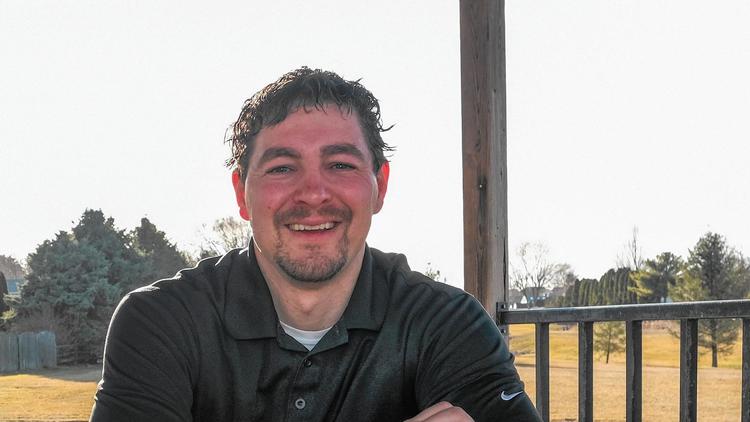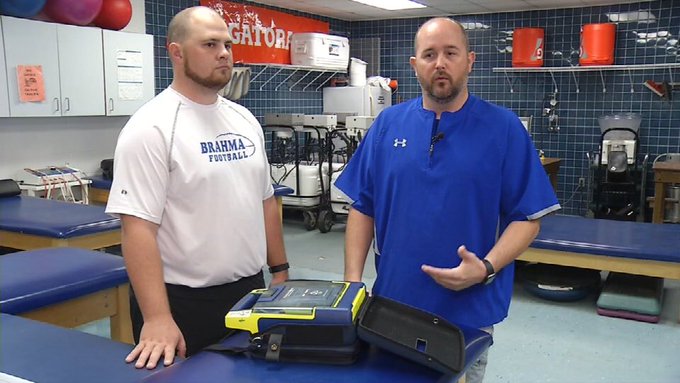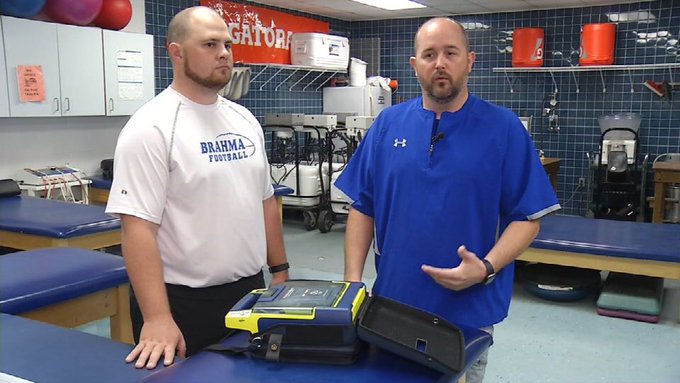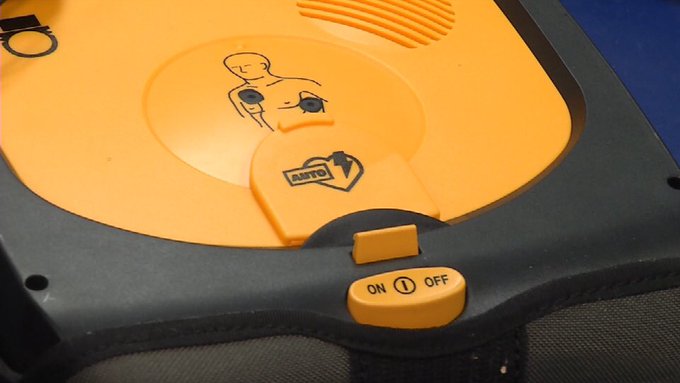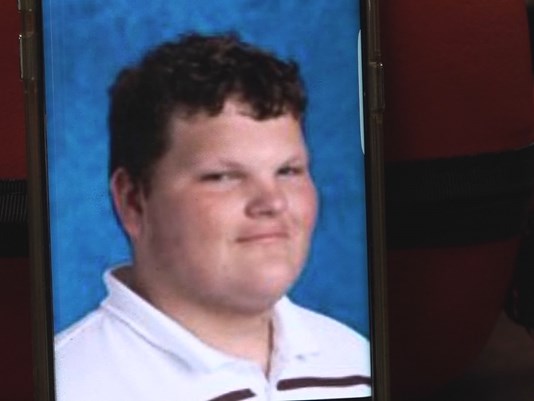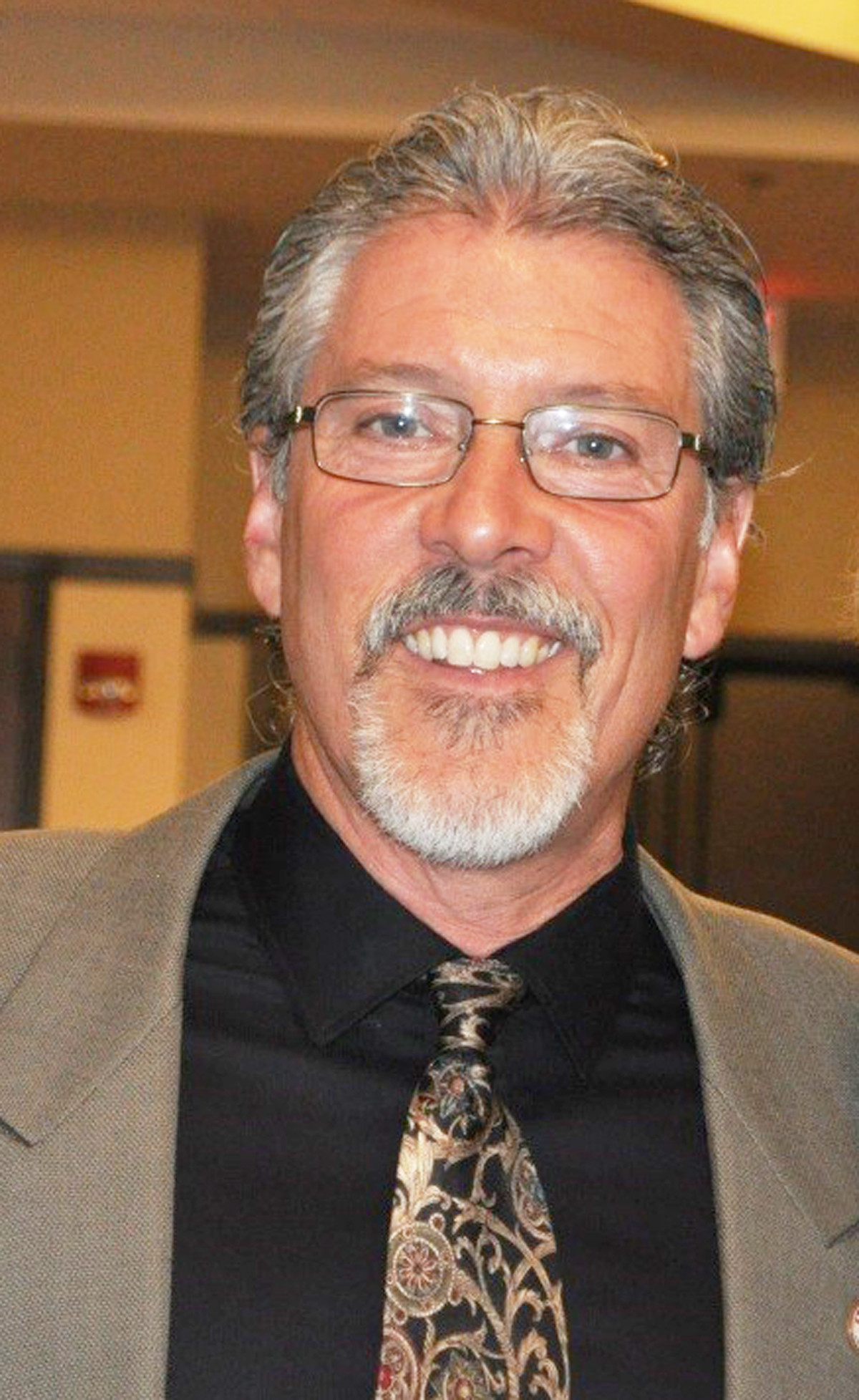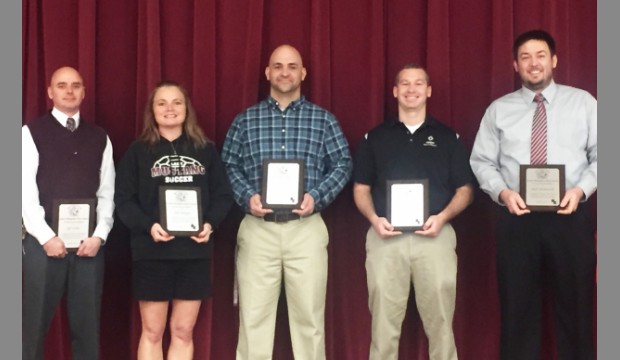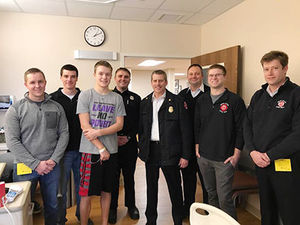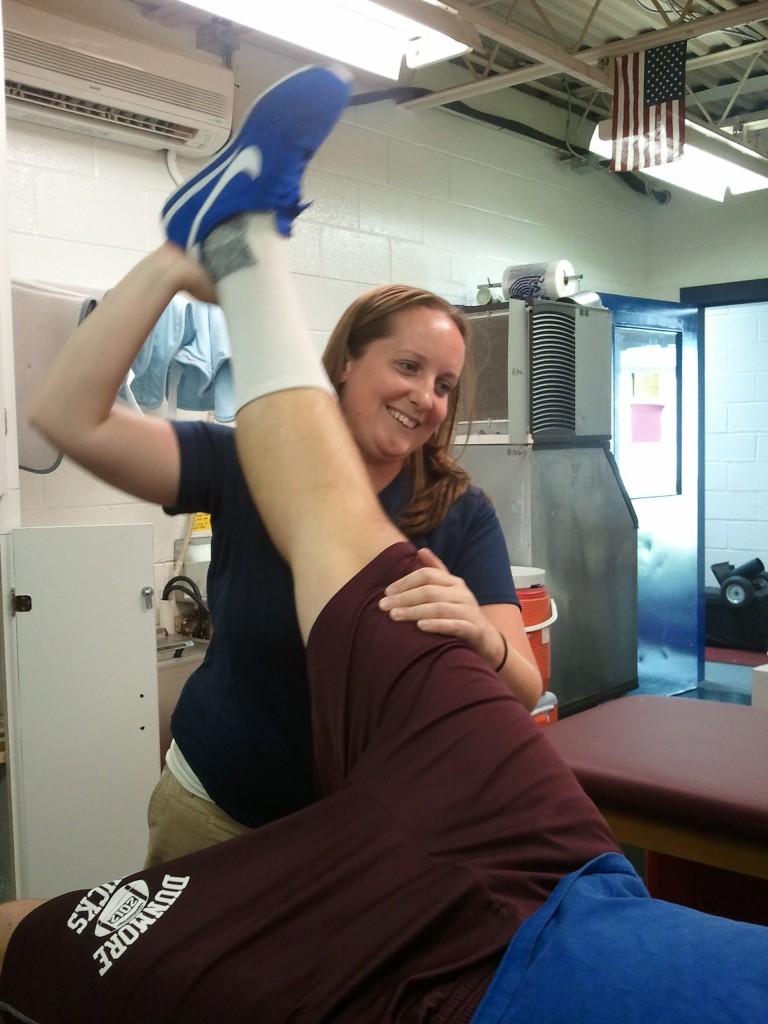
Today is a day for the lucky. Might as well write about the luckiest guy I know.
Marty Myers knows this could have been his obituary, that perhaps under an only slightly different set of circumstances, it would have been. It’s not. Thank God, it’s not. But, it comes that close, sometimes. One minute, you’re alive. The next, you’re dead.
Then, the next, you’re alive again.
This is the story of our longtime colleague in the sports department at The Times-Tribune, and judging by the outpouring of support he has received from many of you over the last week, Marty needs no introduction.
But for those of you who don’t know, the 59-year-old sports writer traveled to Freedom High School in Bethlehem last Friday to cover an important girls basketball game. Dunmore against Imhotep Charter.
He drove to the game. Got out of his car. Walked through the parking lot. Said hello to the workers sitting at the desk collecting tickets. Stared in through the gym’s doors to see Dunmore’s players getting ready to warm up.
Next thing he knew, he lay on a bed at St. Luke’s Hospital in Bethlehem, doctors bustling around him.
He had no idea how he ended up there.
Still doesn’t remember a moment of that gap in time.
The scary truth is he collapsed before he ever took a step into the gym that night.
Fell so violently, he struck his head on the floor in the Freedom lobby.
Needed 17 staples to close the gash that caused. But in the long run, it went down as the least of his issues.
The cause was sudden cardiac arrest. Marty stopped breathing. And, he had no pulse.
Consider, for a second, what you would do if you saw this happen, if the difference between a shot at life and certain death rested on your ability to act.
Consider, also, the type of people you’d want around you if something like this ever happened to you.
The people Marty had around him were Maureen Burke and Dana Bennett.
Talk about luck. Because in that moment of sheer terror, Bennett — the athletic trainer at Freedom — started performing CPR.
And Burke — Dunmore’s athletic trainer — recovered Marty’s heart beat with the use of an Automated External Defibrillator that Dunmore trainers bring to every event.
On Tuesday, doctors gave Marty an implanted cardioverter defibrillator, which will help control life-threatening arrhythmias — like the one he had — through electrical pulses.
And Wednesday, he headed back home.
“I can’t ever repay them. I just can’t,” Marty said of Burke and Bennett, his voice cracking. “I’m having some difficulty dealing with that emotionally.”
By the very definition of the sacred word, Burke and Bennett are heroes. They possessed the know-how to save a man’s life. And, they saved it.
That doesn’t make it any less scary to think what might have been.
What if he collapsed a half hour earlier, with nobody around?
Or a half hour later, in a lobby too congested for help to get through quickly and easily?
Most of all, what if this happened in one of the many other schools in the state, or if Marty had been covering a game played by one of many other teams, who didn’t go above and beyond Pennsylvania law to have an AED at the ready?
Fortunately, the PIAA requires any site that hosts a district or state playoff event in any sport to have access to an AED.
What happened to Marty can happen to anybody.
According to the American Heart Association, more than 420,000 out-of-hospital cardiac arrests are assessed by EMS teams every year in the United States.
About 90 percent of victims, it says, die before they can receive necessary help.
Quick action through the use of an AED and CPR, the association says, is the only way to help. The AHA estimates survival rates can drop by 10 percent per minute.
Burke has been a trainer at Dunmore for nearly a decade, and the first person she used the AED on was Marty Myers.
Even before her hiring though, that school district recognized the need to have defibrillators on site to help students who may need it.
But, she knew first-hand how important they were.
A few years before she graduated from Notre Dame High School in East Stroudsburg, on Dec. 2, 2000, a popular basketball player at the school named Greg Moyer collapsed at halftime of a game against East Stroudsburg North.
There were no AEDs on site, and the nearest hospital stood 20 minutes away.
Moyer was 15, a star athlete and a popular kid.
And that night, he died. His parents set out on a years-long mission to put AEDs in every school, nationwide.
It’s a mission that is still waged today.
According to the nonprofit Sudden Cardiac Arrest Foundation, only 23 states require them on site at schools. Pennsylvania is not one of them.
“The biggest difference to me in the last 15 years was that I didn’t know then what an AED was,” Burke said. “Back then, we had a community and a school who found out why they needed them. Now, we have two schools and a community who can point to them and know why they are there.”
Marty is proof of how much good a change in the law could do.
In our most dire moments, we’d all want what he got.
A fighting chance.
A device that could give it to us.
And, of course, guardian angels.
CLICK HERE FOR ORIGINAL ARTICLE
